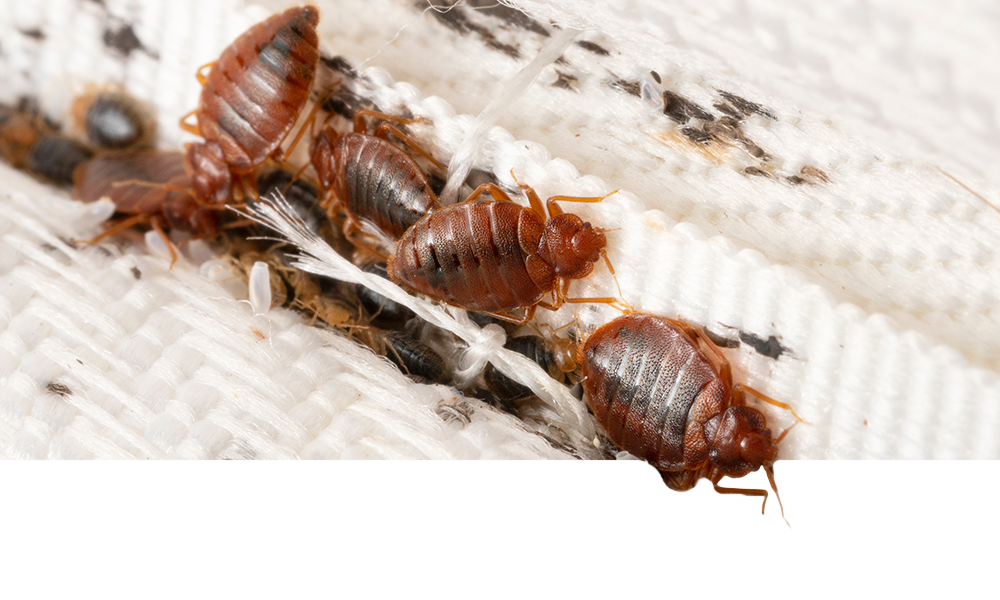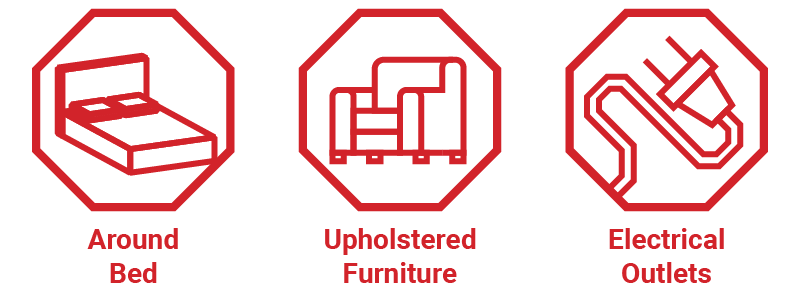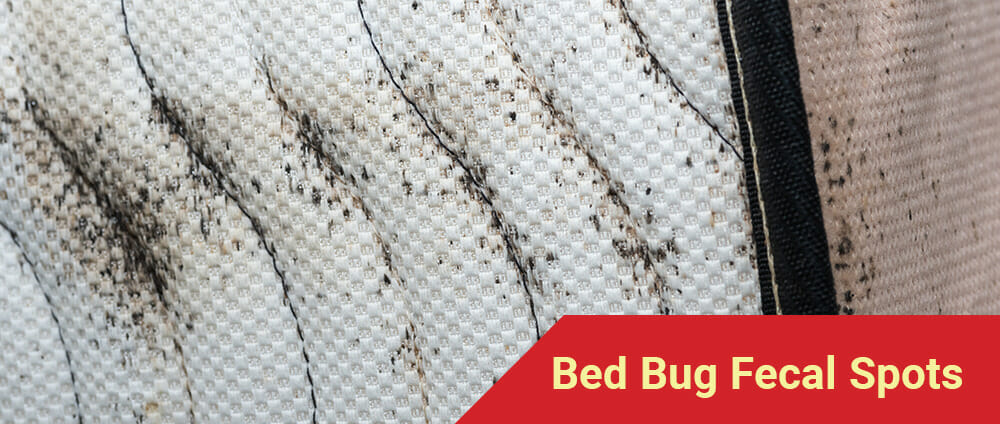Bed bugs can be a major nuisance infamously known for feasting on humans at night. Bed bug bites are itchy and uncomfortable, and in some cases, can even cause allergic reactions. Bed bugs don’t discriminate and they will take up residence anywhere they can find a food source. While it may seem like bed bugs appear out of nowhere, the truth is, bed bugs are notorious for hitchhiking from one location to another, including from hotels to homes.
All it takes is one pregnant bed bug to start a full-blown infestation, but if you are diligent about checking for bed bugs when you travel, you can significantly reduce the likelihood of bringing bed bugs back as a souvenir.



